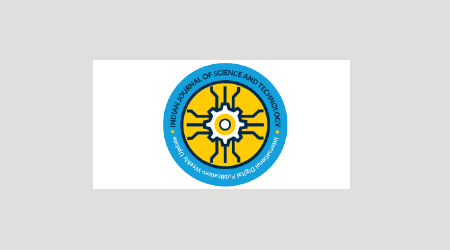What is Total Productive Maintenance?
페이지 정보
작성자 Rory Tidwell 작성일 24-03-14 16:19 조회 9 댓글 0본문

Prioritise these based mostly on components reminiscent of their impact on production, security, and the required upkeep frequency. For each piece of equipment, establish the necessary upkeep tasks. 1. Develop the Checklist: For every maintenance task, decide what needs to be accomplished, who should do it, and when it must be carried out. Embrace detailed instructions and criteria for inspection to make sure tasks are accomplished accurately. Quality Upkeep aims to forestall defects and reduce waste by figuring out and addressing the root causes of equipment failures. To ensure the success of High quality Upkeep, completely different departments in an organization have to collaborate and work collectively towards common targets. Production: accountable for ensuring that gear is operated in accordance with normal working procedures and sustaining tools cleanliness. Maintenance: accountable for carrying out deliberate and unplanned maintenance activities, figuring out and addressing tools defects, and performing root trigger analysis. Quality Assurance: answerable for monitoring product high quality, figuring out defects, and implementing corrective actions.
Spending a while up front to get this accurately will prevent time and stress later on. The success of an organization is dependent on good management. Great management creates a sense of objective and togetherness amongst staff and shareholders. Creating a vibrant corporate culture creates an internal ambiance where individuals may attain their full potential and actively participate in attaining firm targets.
This empowerment is crucial for creating a way of ownership and accountability amongst crew members. Finally to ensure TPM is on observe and making a positive change within the business Objectives and targets needs to be set and monitored over time. Key efficiency indicators (KPIs) needs to be identified as a measure of success. 2. Information Analysis: Using knowledge to identify patterns and developments that can be utilized to enhance tools performance and prevent downtime. Three. Normal Operating Procedures (SOPs): Written procedures that describe the way to perform maintenance duties and guarantee consistency and high quality. Four. Preventive Maintenance: Common maintenance tasks carried out to stop equipment failure and prolong equipment life. 5. Kanban: A visual management device used to regulate stock levels and be certain that tools and supplies are available when needed. 6. 5S: A office organization technique used to improve efficiency and productivity by organizing the office and eliminating waste. 7. Normal Work: A course of improvement method used to ascertain a standard way of performing duties to ensure consistency and high quality. Eight. Visual Management: The usage of visible aids, equivalent to signs, labels, and displays, to speak important data and improve office organization. 9. Single-Minute Trade of Dies (SMED): A course of enchancment technique used to reduce tools changeover time and increase Lean manufacturing Gujarat effectivity. Asset Management: A system for managing equipment throughout its lifecycle, from acquisition to disposal, to ensure that it's dependable, maintainable, and optimized for efficiency.
댓글목록 0
등록된 댓글이 없습니다.